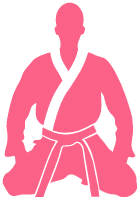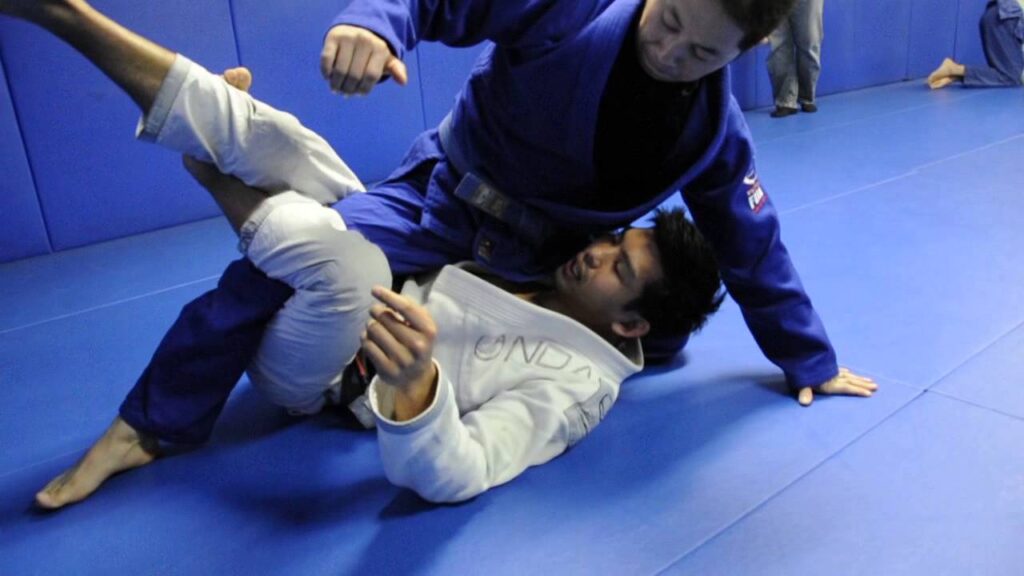The deep half guard is a highly effective grappling position that can be used to sweep, submit, and control opponents. This guard position can be used by practitioners of all skill levels, from beginners to advanced competitors. In this article, we’ll explore the principles of the deep half guard, including its key concepts and techniques.
What is the Deep Half Guard?
The deep half guard is a variation of the half guard position, in which the bottom player uses their legs to control their opponent’s leg and torso. From this position, the bottom player can set up sweeps, submissions, and back takes. The deep half guard is characterized by the bottom player being underneath their opponent’s center of gravity, allowing for greater control and leverage.
Key Concepts of the Deep Half Guard
A. Off-Balancing Your Opponent: The deep half guard relies heavily on off-balancing your opponent. This can be done by manipulating their center of gravity, usually by pulling them forward or to one side. By off-balancing your opponent, you create opportunities to sweep or submit them.
B. Maintaining Control: The deep half guard requires a strong level of control over your opponent’s leg and torso. This control can be established by using your legs and arms to wrap around your opponent’s leg and torso, respectively.
C. Using Leverage: The deep half guard is a position that relies on leverage to create sweeps and submissions. This leverage is generated by using your legs and hips to create angles and pressure.
Techniques from the Deep Half Guard
A. The Old School Sweep: The old school sweep is a classic sweep from the deep half guard that involves sweeping your opponent onto their back by driving your shoulder into their hip. This sweep is highly effective because it uses your opponent’s weight against them.
B. The Kimura: The Kimura is a submission that can be set up from the deep half guard. To execute the Kimura, you use your legs and hips to control your opponent’s arm, while using your free arm to secure a grip on their wrist. From there, you can apply pressure to their shoulder joint to force the tap.
C. The Back Take: The deep half guard can also be used to take your opponent’s back. To do this, you need to use your legs and hips to create space and slide underneath your opponent. Once you have established control over their back, you can work to secure the rear naked choke or another submission.
Common Mistakes to Avoid
A. Failing to Control Your Opponent: One of the biggest mistakes practitioners make when using the deep half guard is failing to establish proper control over their opponent. Without this control, it can be difficult to execute sweeps and submissions.
B. Losing Leverage: Another common mistake is losing leverage by failing to create angles with your hips and legs. Without proper leverage, your sweeps and submissions will be less effective.
C. Neglecting Your Defense: It’s important to remember that the deep half guard is still a position that exposes you to attacks. Neglecting your defense can lead to being submitted or swept yourself.
Tips for Using the Deep Half Guard
A. Practice Off-Balancing: Off-balancing your opponent is critical to using the deep half guard effectively. Make sure to practice and drill techniques that involve off-balancing your opponent.
B. Maintain Control: To use the deep half guard effectively, you need to establish and maintain control over your opponent’s leg and torso. Focus on using your legs and arms to create a tight grip on your opponent.
C. Be Patient: The deep half guard is a position that requires patience and persistence. It may take time to set up a sweep or submission
Be Ready to Transition
The deep half guard is a dynamic position that requires you to be ready to transition to other positions or attacks at any moment. Don’t become too fixated on one attack or sweep, and be ready to adapt to your opponent’s movements and reactions.
Overall, the deep half guard is a highly effective position that can be used to sweep, submit, and control your opponent. By understanding and applying these principles, you can develop a strong and versatile deep half guard game that will serve you well on the mats. Remember to be patient, stay tight, and keep practicing, and you’ll be well on your way to mastering this powerful position.
Hey there! Just a heads up that some of the links in this post are affiliate links, which means that if you click on them and make a purchase, I may earn a commission. But don’t worry, it won’t cost you anything extra – in fact, you might even get a sweet deal! Plus, every purchase made through one of these links helps support my blog and keep the content coming. So, if you do decide to make a purchase, thank you so much for your support – it means the world to me!
All the best,
Will








